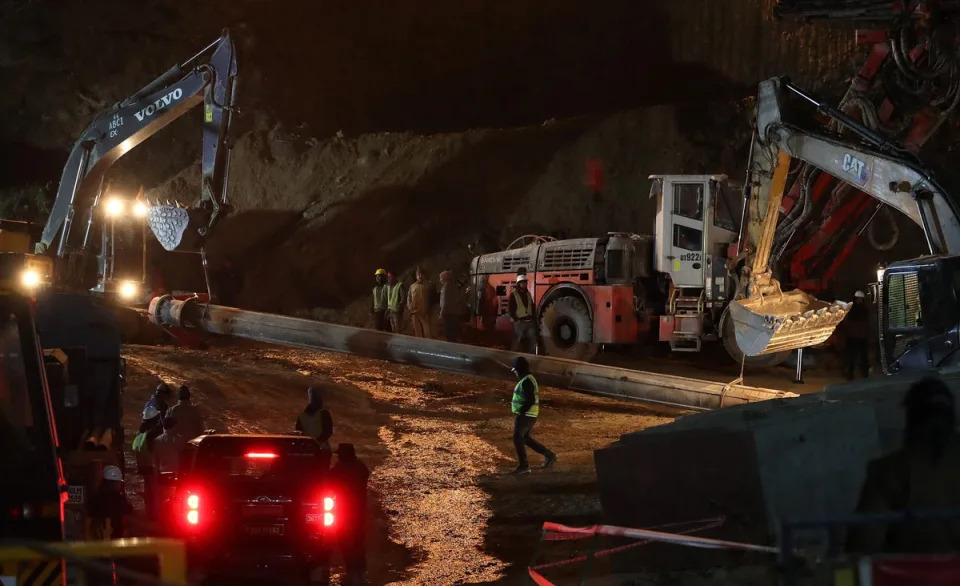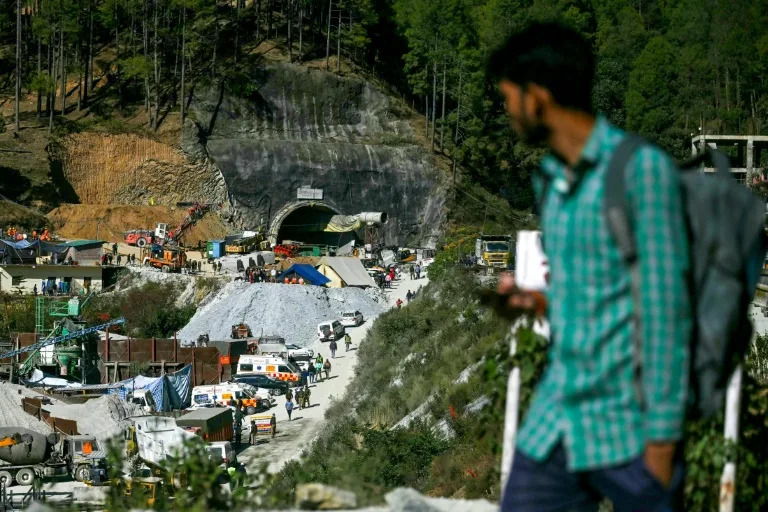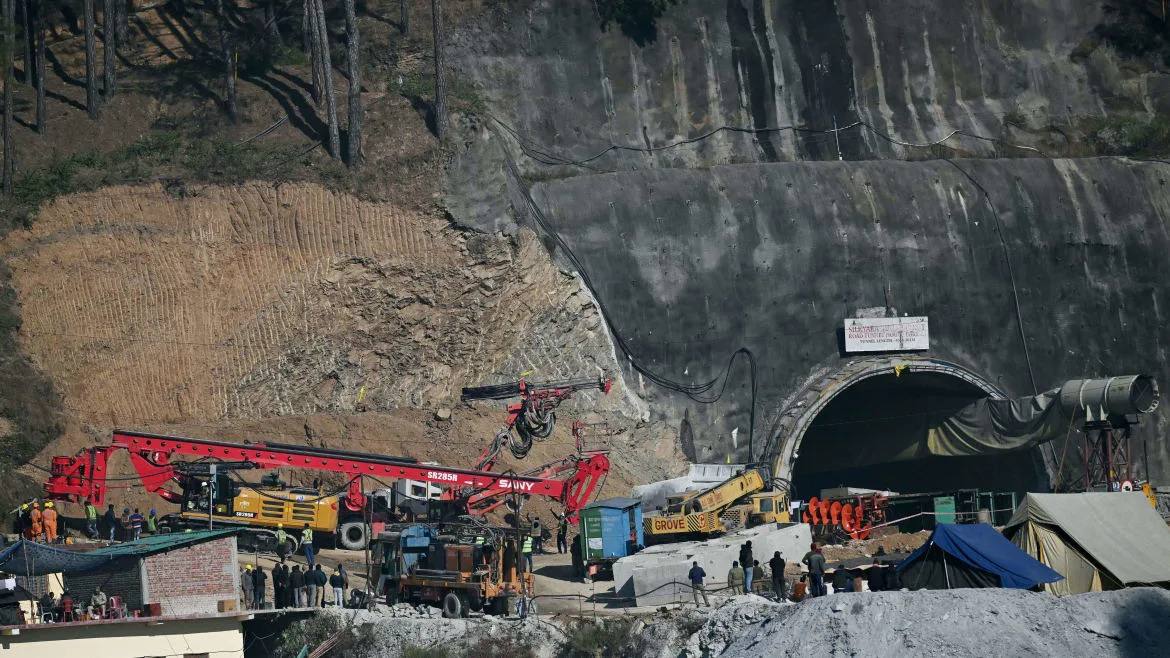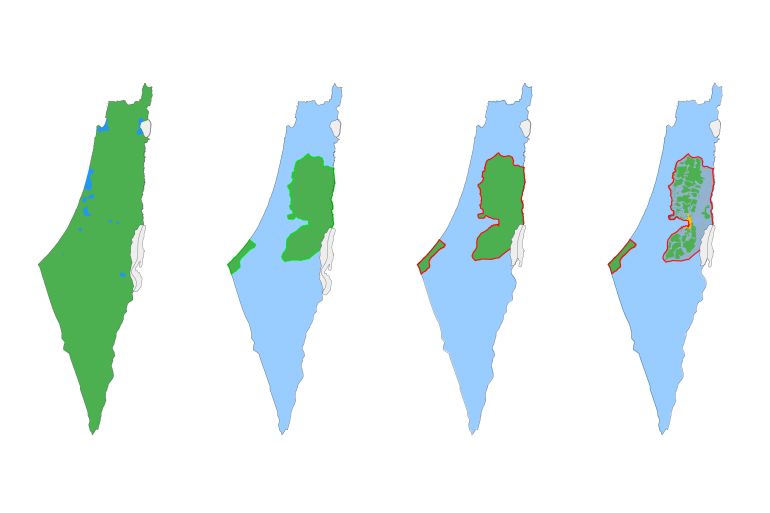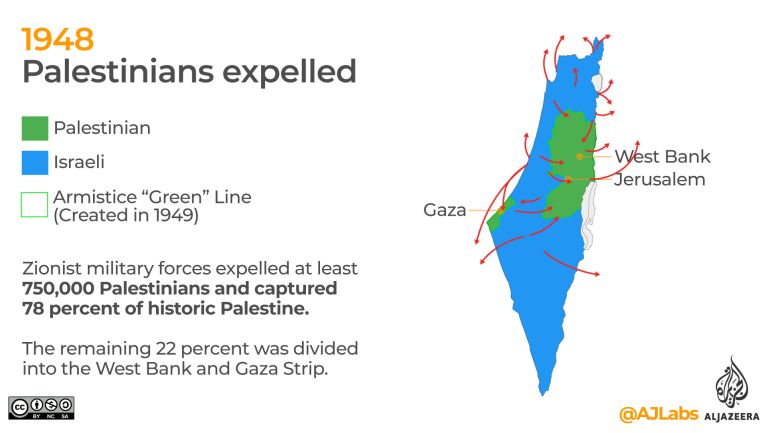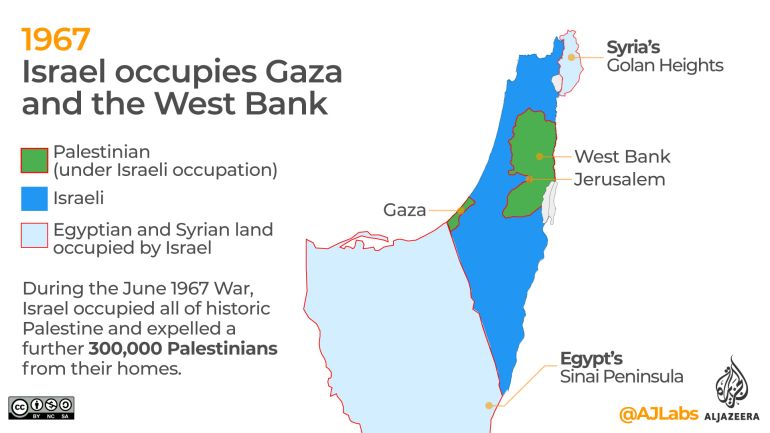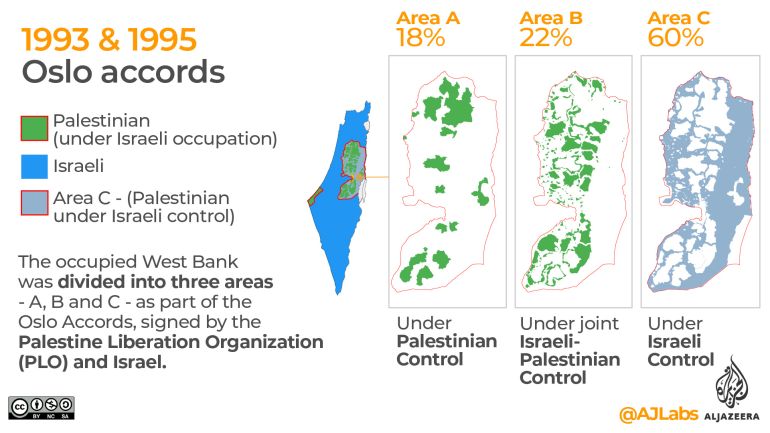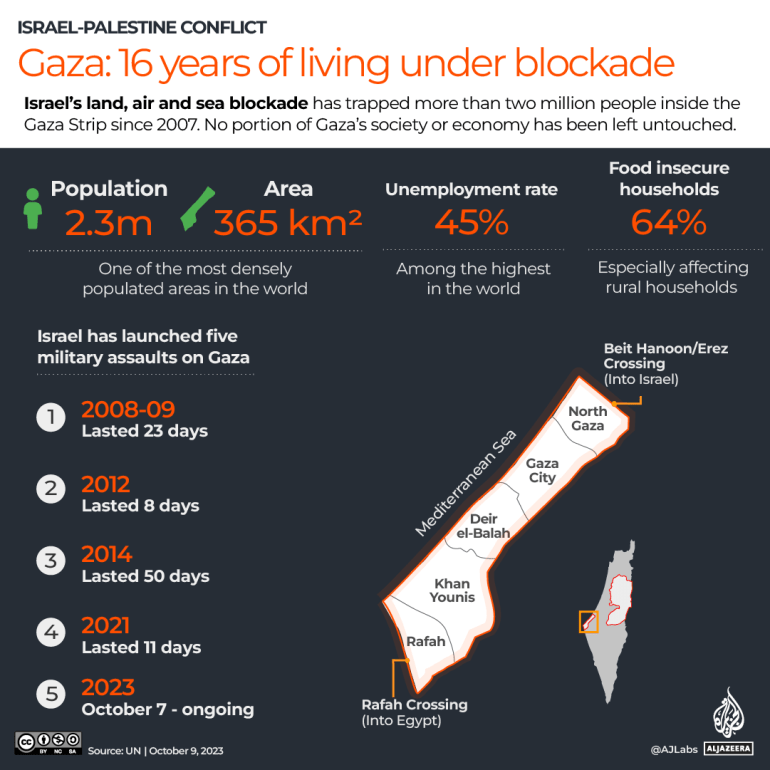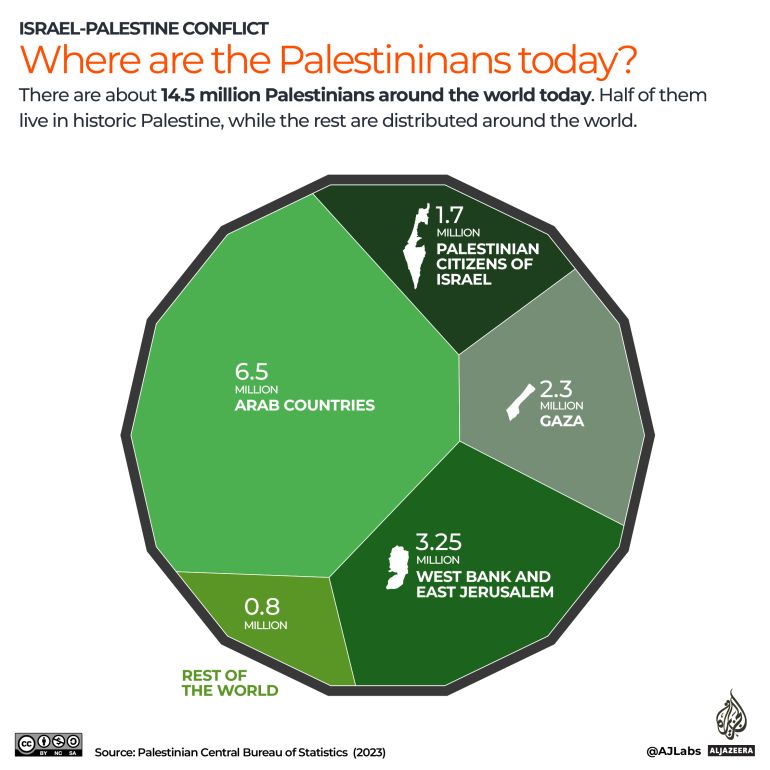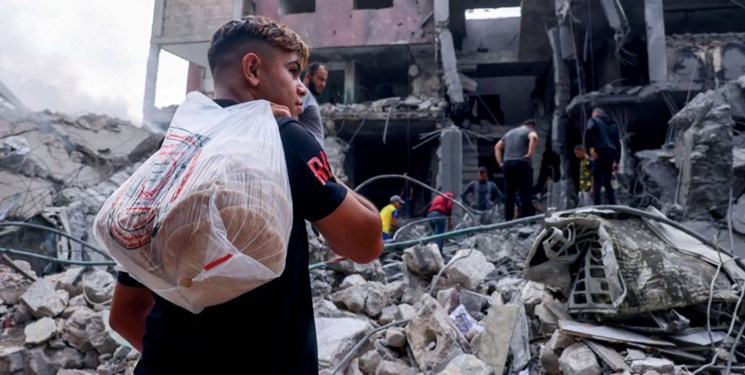China's thermal coal imports jump, crowding out India: Russell
Image: 123RF/ARTUR NYK/ File photo
China's imports of thermal coal in November are poised to surge to the second-highest monthly total this year, helping drive prices higher for the grades most commonly sought by the world's biggest buyer of the power station fuel.
Thermal coal imports are expected to be around 29.21 million metric tons in November, up from October's 24.62 million and second only to the 30.21 million in May, according to data compiled by commodity analysts Kpler.
China's imports are being driven by increased arrivals from Indonesia, the world's largest exporter of thermal coal, with Kpler estimating 18.03 million metric tons will arrive this month.
This is up from imports from Indonesia of 16.70 million metric tons in October, according to Kpler data.
Indonesian coal is popular among southern China coastal utilities as its relatively low sulphur content allows it to blend well with higher sulphur domestic supplies.
China's appetite for Indonesian coal has helped prices rally, with commodity price reporting agency Argus assessing fuel with an energy content of 4,200 kilocalories per kg (kcal/kg) at $58.94 a metric ton for the week to Nov. 24.
This was the second consecutive weekly gain and this grade is now 17% higher than the low so far this year of $50.38 a metric ton, hit in the week to Aug. 25.
However, the higher price for Indonesian coal is likely leading to reduced interest in India, the world's second-biggest importer of the fuel.
India is expected to import around 17.78 million metric tons of thermal coal in November, down from 18.82 million in October, which was the strongest month so far in 2023, according to Kpler data.
Imports from Indonesia are expected to decline to 10.92 million metric tons in November from 12.19 million in October.
However, India's imports of thermal coal from Australia are expected to hold steady in November from October, meaning a larger share for the world's second-biggest exporter of the fuel.
Thermal coal arrivals from Australia are forecast to be 1.11 million metric tons in November, up slightly from the 1.02 million in October.
In the past two months India has turned more to thermal coal from Australia, with imports exceeding 1 million metric tons in both October and November, the first months this has happened since February.
Indian utilities tend to buy Australian thermal coal linked to the Argus assessment for 5,500 kcal/kg fuel, which declined to $93.12 per metric ton in the seven days to Nov. 24.
While this grade is still 10.5% above its September low of $84.25 a metric ton, it's down 12% from its recent peak of $105.85 from the week ended Oct. 13.
CHINA TAKES AUSTRALIAN COAL
China has also increased purchases from Australia, and it also prefers the same grade as India, as opposed to the 6,000 kcal/kg higher-quality coal that is mainly imported by Japan, South Korea and Taiwan.
China's imports of thermal coal from Australia are estimated at 7.22 million metric tons, up from 4.23 million in October and the highest monthly total since Beijing ended its informal ban on imports from Australia at the start of this year.
November's imports even exceed the volumes that were typical before the ban being imposed in mid-2020 amid a political fallout between Beijing and Canberra, and it's the strongest month in Kpler data going back to 2017.
Overall, its possible that China's increased appetite for imported thermal coal ahead of the northern winter is crowding out some demand in India, which tends to be a more price-sensitive buyer.
This is especially the case for supplies from Indonesia, with China's increased volumes causing India to lose out, forcing it to turn to other suppliers such as Australia.
India is also taking larger volumes from SA, with Kpler estimating November imports at 2.67 million metric tons, down a tad from October's 2.71 million, but up from 2.24 million in September, 1.56 million in August and July's 1.06 million.
SA is a swing supplier to both the Atlantic and Indian basins, and Europe's declining coal imports this year have freed up South African cargoes for Asian buyers.
SA exported 3.74 million metric tons to Asia in October and just 386,860 to Europe, a shift from the same month in 2022 when shipments to Asia were 2.93 million and to Europe were 2.22 million.
The increased availability of South African coal in Asia has helped moderate price gains for Indonesian and Australian grades.



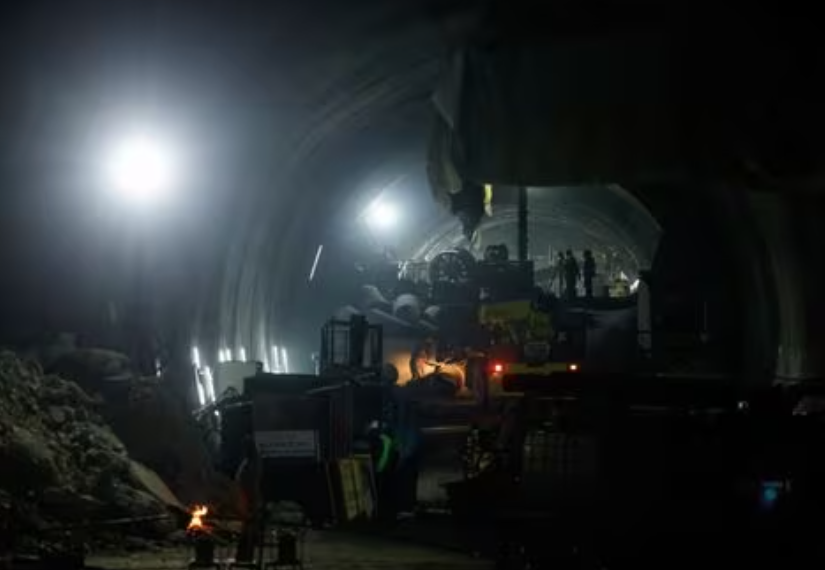)




